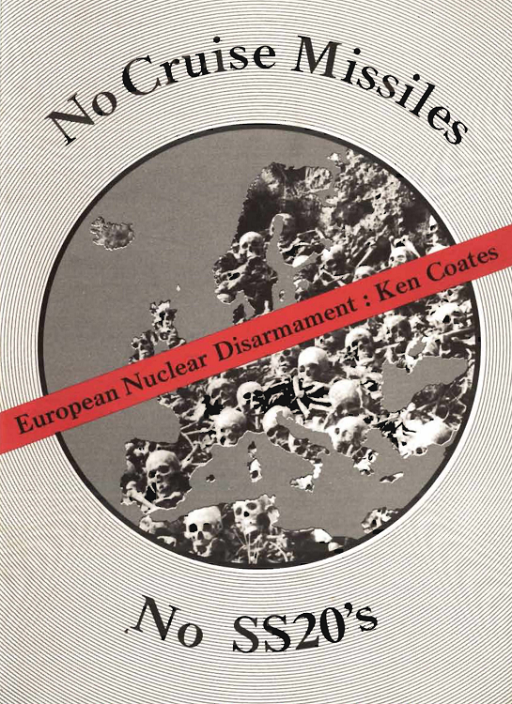1 The Euromissile Crisis and the end of the Cold War
As you have seen, the early 1980s marked a highpoint of anti-nuclear activism in Western Europe, spurred on by the planned deployment of ‘Euromissiles’ in five European countries. While millions of citizens participated in anti-nuclear activism by attending demonstrations, wearing badges, or lobbying their elected representatives, their impact on policymakers and their achievements remain debated among academics, activists and policymakers.
Activity 1
Watch this video, featuring peace activists, policymakers and historians reflecting on the impact of the UK peace movement of the 1980s. Then answer the questions below.

Transcript
- How far was the UK peace movement successful in preventing Cruise missiles from being deployed in the UK?
- Beyond its impact on specific policies, what impact did the anti-nuclear movement have on policymakers in the UK?
Discussion
- In the short term, the anti-nuclear movement was unsuccessful in preventing Cruise missiles from being deployed in the UK. In the medium term, however, the movement’s goal was achieved, as the 1987 INF Treaty resulted directly in the removal of the Cruise missiles that were deployed in England in 1983.
- Beyond specific policies, such as the deployment of Cruise missiles, the anti-nuclear movement gave voice to widely shared anxieties around nuclear weapons and the possibility of war in the 1980s. This forced the UK Government to explain its defence policies and to justify its decisions in order to engage with the arguments of anti-nuclear activists and to try to convince the public of the merits of the Government’s policies.

The 1987 INF Treaty was a landmark agreement that paved the way to the end of the Cold War. Signed by US President Ronald Reagan and Soviet premier Mikhail Gorbachev, the treaty abolished an entire class of nuclear weapons, known as intermediate-range nuclear forces (INF), which included the ‘Euromissiles’ recently deployed in Western Europe. As a result, these nuclear weapons were removed from Europe, and the treaty led to further nuclear arms agreements between the superpowers.
The role of anti-nuclear activism in bringing about the INF Treaty and the end of the Cold War continues to be debated among historians, activists and policymakers. The origins of the INF Treaty can be traced to a proposal made by President Reagan in 1981, when he suggested ‘the zero option’ to the Soviet Union. In short, if the Soviets were to remove their recently-deployed INF, the Americans would cancel their planned deployment of the ‘Euromissiles’.
Western European governments had come under increasing pressure from the surging anti-nuclear movements in their countries and public opinion more broadly for NATO to advance a negotiating position that might prevent the need to deploy the ‘Euromissiles’. Now these European leaders in turn put pressure on the Reagan administration to advance a credible arms control position.
One source for this American proposal was indeed the international anti-nuclear movement, which had called precisely for the removal of Soviet SS-20s and the cancellation of the planned deployment of Cruise and Pershing by NATO (as you can see in Figure 1). The ‘zero option’ was initially rejected by the Soviets in 1981, but the changing political situation after the arrival of Mikhail Gorbachev in the Kremlin meant that the idea was revived and provided the foundation for the historic 1987 treaty. Thus, even though anti-nuclear activists had been unable to prevent the deployment of the ‘Euromissiles’ in the early 1980s, their actions and ideas ultimately contributed to the significant reduction of nuclear weapons in Europe later that decade.

